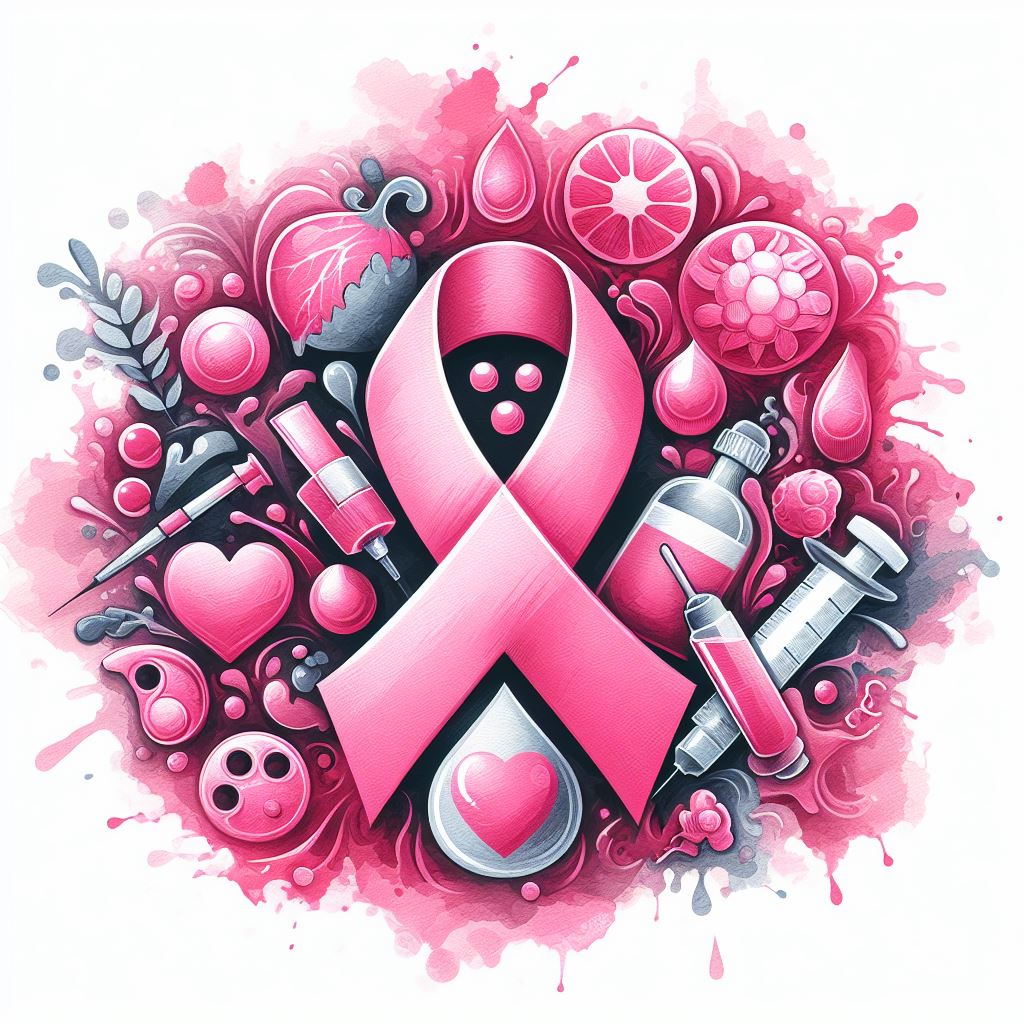
A Shift in Radiotherapy Practices
Breast cancer treatment often includes radiotherapy. Traditionally, patients in Ireland underwent a moderately hypofractionated regimen, involving 15 sessions over three weeks. Recent clinical trials, however, have explored the efficacy of an ultra-hypofractionated regimen: five sessions over one week, with larger doses per session. Such a shift in practice requires justification by the Health Information and Quality Authority (HIQA) under Irish law, ensuring that the benefits outweigh the risks.
Evidence Review and Expert Input
To justify this practice, HIQA reviewed medical literature and consulted experts, including a patient representative. Considerations included side effects, quality of life, cosmetic outcome, and the effectiveness of ultra-hypofractionated radiotherapy compared to its moderately hypofractionated counterpart. Occupational and public radiation safety issues were also evaluated. The evidence indicates that for suitable patients, ultra-hypofractionated radiotherapy is as effective and safe as the traditional method.
Advantages of Ultra-Hypofractionated Radiotherapy
A significant advantage of ultra-hypofractionated radiotherapy is the reduced hospital visits for patients, from 15 sessions over three weeks to just five sessions over one week. While both regimens have associated side effects, studies indicate no significant differences between them. After reviewing the risks and benefits, HIQA justified the practice of ultra-hypofractionated radiotherapy for breast cancer.
Evidence Synthesis Process
HIQA’s evidence synthesis process involved a targeted search of grey literature sources. They identified twelve guidelines from professional bodies and organisations specific to various countries. They found two key clinical guidelines relevant to their research questions. HIQA used the risk of bias in systematic reviews (ROBIS) tool to appraise the systematic review in the NICE clinical guideline.
In Conclusion
The shift towards ultra-hypofractionated radiotherapy represents a significant advance in breast cancer treatment. The practice not only reduces the treatment burden for patients but also maintains the same level of effectiveness and safety as the traditional approach. As always, the choice of treatment should be tailored to the individual patient’s characteristics, ensuring the best possible outcome.
